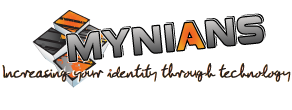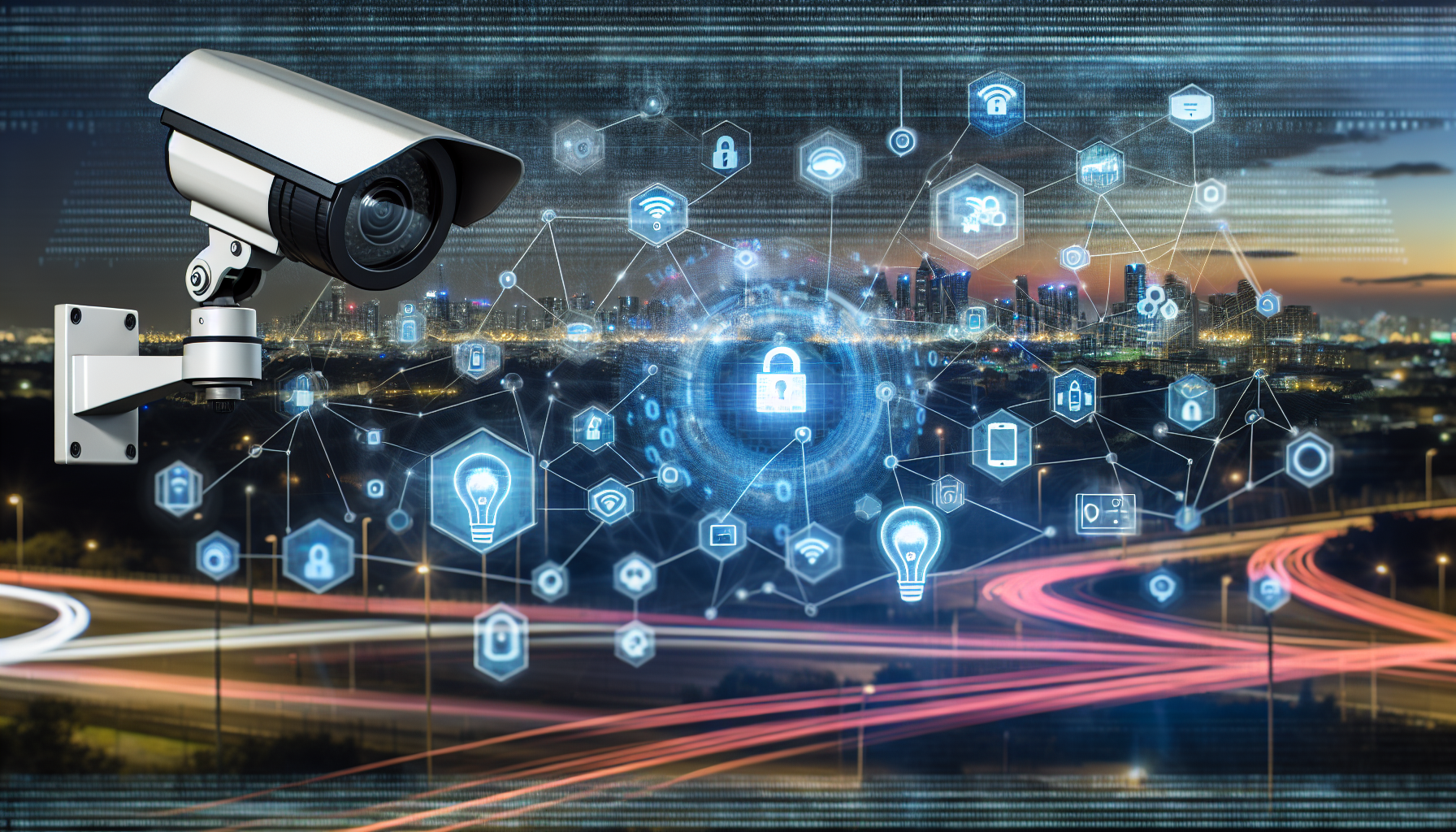The rise of the Internet of Things (IoT) has ushered in a new era of technological integration, revolutionizing various sectors, including security. One of the most impactful developments in this field is the fusion of video surveillance systems with IoT technology. This integration is not just a trend but a necessity in an age where security threats are escalating and the demand for advanced surveillance solutions is higher than ever.
Understanding IoT in Video Surveillance
The Internet of Things refers to the network of interconnected devices that communicate and exchange data over the internet. When we apply IoT principles to video surveillance systems, we essentially transform traditional surveillance cameras into smart devices capable of analyzing, processing, and responding to situations in real-time.
Key Features of IoT-Integrated Video Surveillance
-
Remote Monitoring: One of the most significant advantages of IoT-enabled video surveillance is the ability to monitor feeds remotely. Whether via a smartphone, tablet, or computer, security personnel can access live video streams from anywhere in the world.
-
Real-time Alerts: Advanced video surveillance systems equipped with IoT can send alerts directly to users via applications or SMS when anomalies are detected. For example, systems can alert users of motion detection in unauthorized areas or suspicious behavior in monitored zones.
-
Artificial Intelligence (AI) Integration: IoT video surveillance systems often incorporate AI algorithms to enhance object detection and recognition capabilities. These systems can differentiate between various types of motion (like animals versus humans), reducing false alerts and improving response times.
-
Data Storage and Management: Traditional video surveillance systems often require local storage solutions. IoT integration allows for cloud-based storage, which not only alleviates the need for physical servers but also provides remarkable scalability and convenience in data management.
- Integration with Other IoT Devices: Video surveillance systems can work in tandem with other IoT devices, such as alarms, smart locks, and sensors, creating a cohesive security ecosystem. For example, when motion is detected, the security camera can communicate with smart locks to secure doors automatically.
Benefits of IoT-Integrated Video Surveillance
Enhanced Security
The foremost benefit is undoubtedly enhanced security. The integration provides a comprehensive monitoring solution, covering both urban and remote areas effectively. Smart features enable quick action against threats, thereby significantly improving safety.
Cost-Effectiveness
While the initial setup may require investment, IoT surveillance systems can save organizations money in the long run. By reducing the probability of theft and property damage, the return on investment (ROI) can justify the expenditures. Furthermore, with fewer resources needed for physical monitoring, businesses can allocate funds to other critical areas.
Scalability
Scalability is particularly advantageous for businesses anticipating growth or changes in security needs. IoT video surveillance systems can be expanded with additional cameras and devices with minimal disruption to existing setups.
Improved Data Analytics
Data gathered from IoT surveillance systems can be analyzed for actionable insights. Businesses can use these insights to make informed decisions regarding safety protocols, resource allocation, and even operational processes.
Challenges in Integrating IoT with Video Surveillance
Despite the myriad benefits, integrating IoT with video surveillance does pose challenges:
Cybersecurity Risks
One of the most pressing concerns is cybersecurity. IoT devices are often vulnerable to attacks, rendering video surveillance systems potentially at risk. Ensuring robust cybersecurity measures, such as encryption and regular software updates, becomes imperative.
Bandwidth Limitations
High-resolution video streams require substantial bandwidth. Organizations must ensure adequate network infrastructure to avoid issues such as lag or dropped connections, which can hinder effective surveillance.
Interoperability Issues
Not all IoT devices are created equal. Interoperability can become a challenge when integrating systems from different manufacturers. Organizations must ensure that their hardware and software work seamlessly together for optimal performance.
Future Trends in Video Surveillance and IoT
The future of video surveillance in conjunction with IoT is promising. Innovative trends are emerging that are likely to shape the landscape:
1. Edge Computing
Edge computing pushes data processing closer to the source, reducing latency and bandwidth usage. By processing data locally on the camera or device rather than sending it to a distant cloud server, organizations can achieve faster response times.
2. Increased AI Application
AI will continue to enhance video analytics, enabling more sophisticated capabilities like behavior analysis, predicting potential security breaches, and more accurate facial recognition technologies.
3. 5G Connectivity
The rollout of 5G technology is set to revolutionize IoT applications, including video surveillance. With ultra-low latency and high-speed connections, 5G will enhance the quality and reliability of video feeds in real-time.
4. Privacy Compliance
As awareness about privacy escalates, organizations will need to ensure their video surveillance practices comply with local regulations and ethical standards.
Conclusion
The integration of video surveillance with IoT represents a monumental shift in how we approach security in the digital age. By leveraging smart technologies, organizations can enhance their surveillance capabilities, improve response times, and ultimately create safer environments. Despite some challenges, the benefits far outweigh the downsides. As technology continues to evolve, the security landscape will become increasingly robust and sophisticated, paving the way for a safer future.
FAQs
1. What is IoT, and how does it apply to video surveillance?
IoT stands for the Internet of Things and refers to interconnected devices that exchange data. In video surveillance, IoT enables cameras to send alerts, provide remote access, and integrate with other security systems for comprehensive monitoring.
2. How does IoT improve the effectiveness of video surveillance?
IoT enhances video surveillance by allowing real-time monitoring, providing actionable alerts, integrating AI for better analytics, and enabling remote access to live feeds.
3. What are the cybersecurity risks associated with IoT video surveillance?
IoT devices can be vulnerable to hacking, data breaches, and unauthorized access. Ensuring robust cybersecurity measures is crucial to protect sensitive information.
4. Can I use IoT video surveillance in a large facility?
Yes, IoT video surveillance systems are highly scalable and can be effectively implemented in large facilities by integrating multiple cameras and devices seamlessly.
5. What trends are shaping the future of video surveillance and IoT?
Some emerging trends include edge computing, increased AI applications, the rollout of 5G technology, and a growing emphasis on privacy compliance.


